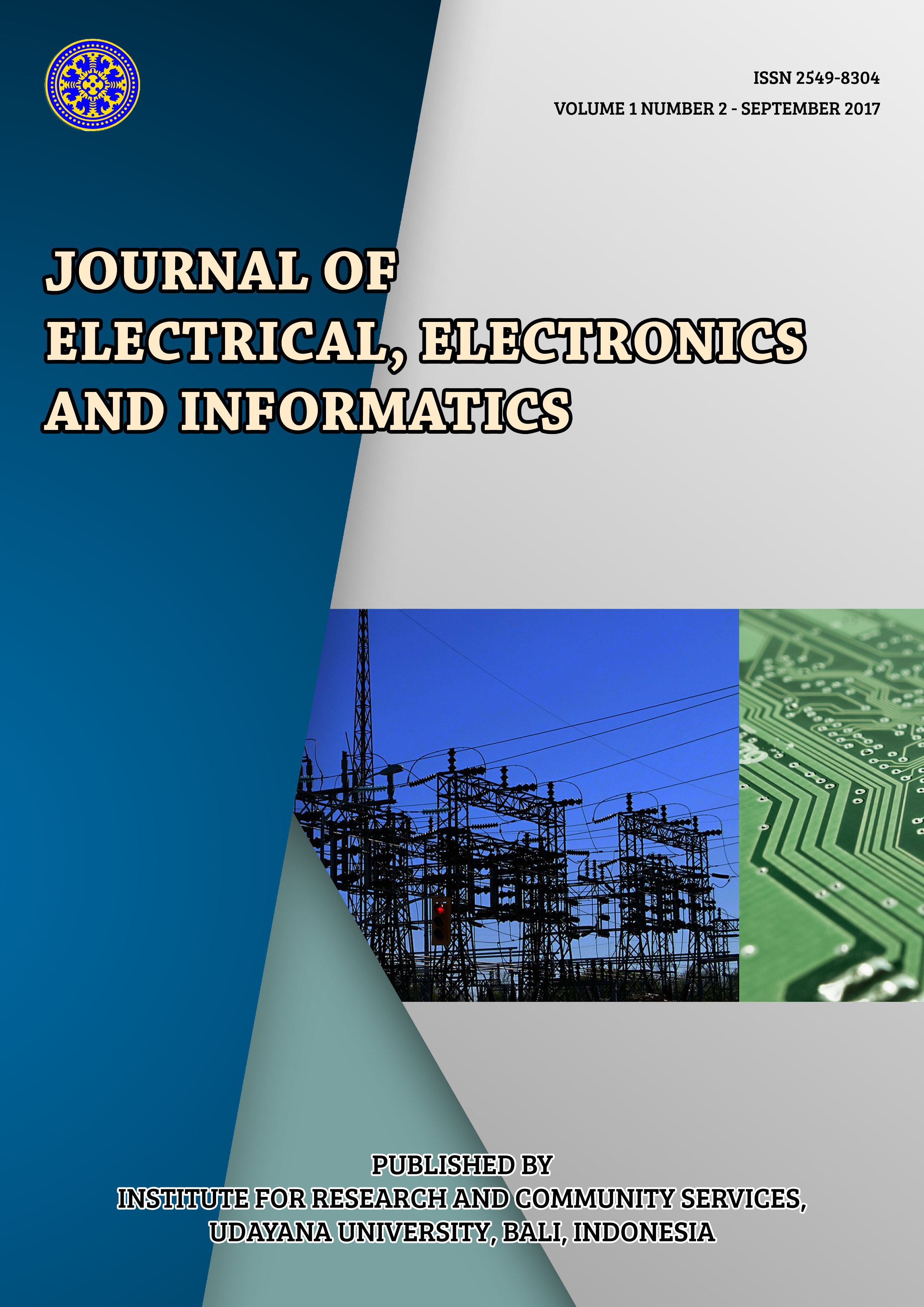Graphic Monitoring on Test of Rocket Launch Payload
Abstract
Aviation technology and space is one of the leading technology for developed countries, especially in the form of rocket technology and charge. The countries that are capable of mastering these technologies will be respected by countries all over the world. Indonesia as the island nation with large and extensive maritime should have independence in the mastery of the technology of the rocket and payload. Therefore, continuous efforts are required to achieve independence, including through enhancing the sense of love of aviation technology and space technology, particularly at early stages the rocket and payload. Graphic Monitoring Test Rocket Launch Payload Attitude is the attitude of remote monitoring launch vehicle through the computer screen (display) continuously (real-time) data obtained from sensors-sensors that are mounted on the rocket's payload. 3D point (x, y, z) must be expressed as a graph visualization perspective drawings of rockets with the appropriate direction. The radar conducted computer GS (Ground Segment) or Ground Control Station (GCS. The result of the attitude of the Rocket Test launch Payloads have been able to communicate with the 3D data sending (x, y, and z) in real-time to the Ground segment. Wireless communication uses radio telemetry frequency 433 MHz, power of 100 mW, the distance range obtained in this study a maximum of 500 Meters in the air, without a hitch.











